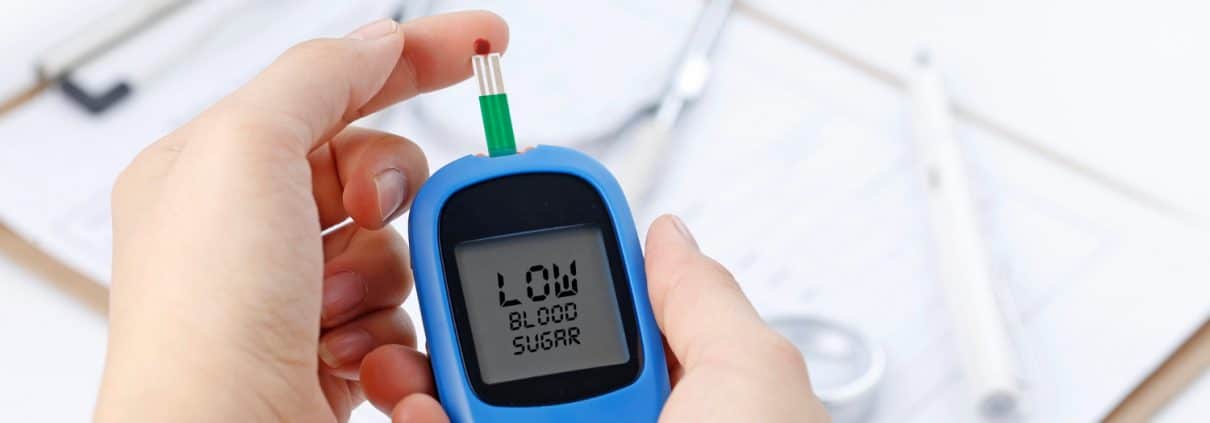What to Expect at Your Diabetic Eye Exam
When diabetes is not well-controlled, excessive amounts of sugar remain in the bloodstream and can damage small blood vessels all over your body, including your eyes.
Approximately 30 percent of people with diabetes have diabetic retinopathy, a condition that causes fluid and blood to leak into the retina of the eyes. This condition can cause permanent loss of vision. Diabetic macular edema is a complication of diabetic retinopathy that can cause additional or worsening vision loss.
Detecting diabetic retinopathy early is key to preventing it from robbing you of sight. People with diabetes should see an optometrist once a year compared to every other year for non-diabetic people with vision issues. We encourage you to schedule a medical eye exam in Pittsburgh, PA as soon as you receive a diagnosis of diabetes.
How Do Diabetic Eye Exams Differ from Regular Eye Exams?
The two types of exams share many similarities, with the major difference being that your optometrist focuses more on retina health and blood flow to the eyes during a diabetic eye exam. You should expect to undergo pupil dilation for this reason.
Dilating your eyes allows your optometrist to see the blood vessels, optic nerves, and retina at the back of each eye. Your optometrist dilates your eyes by placing special eye drops into the lower lid of each one. You will sit in the waiting room for about 30 minutes until your eyes become fully dilated. Blurry vision and light sensitivity are normal for a few hours after the exam.
You will also receive a fluorescein angiography during your diabetic eye exam. Your optometrist in Pittsburgh, PA inserts a special dye into your arm that travels through your bloodstream and reaches your eyes. The dye makes it possible for your optometrist to detect blood vessel damage that could indicate a diabetic eye disease.









Leave a Reply
Want to join the discussion?Feel free to contribute!